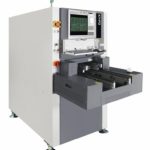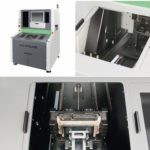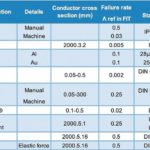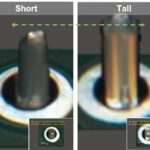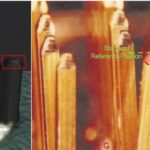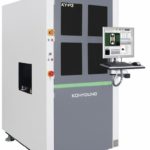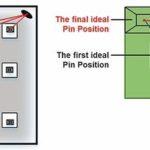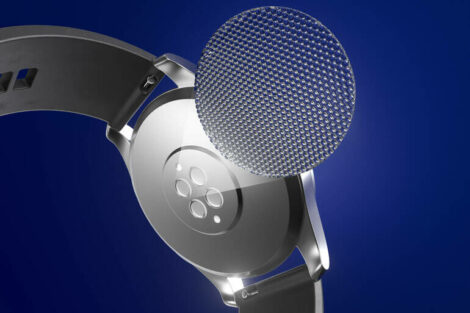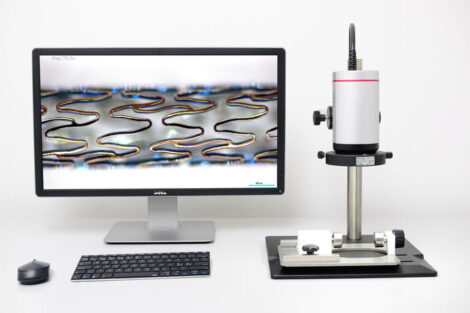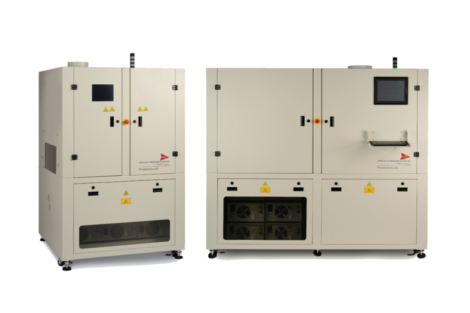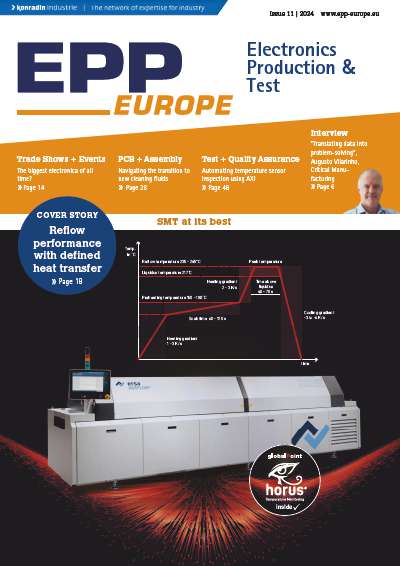What are some ways to resolve these issues while improving profit margins? One answer lies with defining ways to increase backend process efficiency. During this final stage, manufacturers typically add high-value components and packages to create the final assembly. This is the area where the press-fit operation truly shines. Press-fit technology is a lead-free solderless electrical assembly process, whereby mechanically-compliant pins are “pressed” into a plated through hole (PTH) opening in a printed circuit board (PCB). Although this technology offers many advantages over soldering, it is a challenge to minimize defects due to typical board complexity. Since a single automotive defect can result in fatal vehicle accidents or costly recalls, it is essential for manufacturers to eliminate defects before products reach the field. Koh Young Technology designed the KY-P3 API (Automated Pin Inspection) solution for SPF (Single Press-fit), C-PFT (Conventional Press-fit), and FOI (Final Optical Inspection) using its expertise with highly-reliable 3D measurement innovations.
Press-fit vs. soldering
The industry adopted the soldering process years ago because it is a cost-effective, reliable method to connect components onto a PCB. However, the shift towards lead-free soldering placed a substantial economic burden on manufacturers. The new process requires manufacturers to use more expensive plastics like liquid crystal polymer (LCP), p-phenylene sulfide (PPS), and polyphthalamide (PPA) to cope with higher soldering temperature1). The press-fit connection has a failure rate of 0.005, which is at least ten times more reliable than soldering. As such, the pin-insertion machine market CAGR is forecasted at 4.9 percent between 2016 and 2022. It is expected to reach 276.7 million USD by 20222).
Need for accurate inspection
Pin connection assembly for electronic modules often occur near the end of the final assembly process. Yet, if manufacturers identify defects at this stage, the PCB must undergo arduous rework or, in some cases, scrapped altogether. Therefore, manufacturers must accurately inspect the boards beforehand. Various testing methods such as manual inspection, electrical test, x-ray inspection, and more are available. However, some techniques are becoming obsolete as board complexity continues to increase. For example, manual inspection of a board with over 100,000 connector pins is not efficient and will likely allow failures to escape. Even worse, these pins are becoming shorter and thinner, so traditional methods cannot detect crushed and bent pins. Enter Automated Optical Inspection (AOI), which is a machine-based visual inspection process for the entire PCB. The camera autonomously scans the board and detects production faults, including critical defects (e.g., missing pins) and quality concerns (e.g., deviated pins, bent pins). An AOI solution is the best choice to achieve the assembly quality requirements.
Various pin applications with 3D AOI capability
Realizing the growing importance of accurate inspection, Koh Young has developed the KY-P3 pin inspection solution. Using its proven True 3D inspection innovations, the company designed the KY-P3 to identify defects like missing pins or pin offset, as well as co-planarity and position by accurately measuring the pin-to-pin pitch. Like its sister AOI systems, the KY-P3 uses the Koh Young patented shadow-free Moiré technology to measure the z-axis profilometry across the entire board. The company uses the height threshold to extract the pin body and pin tip information. This dataset allows the KY-P3 to provide a reliable pin height and offset measurement with CAD dimensions. It simply locates the pin body accurately during the very first stage of the inspection process.
Superior flexibility combined with proven accuracy
Among the many inspection items, the KY-P3 strength is in its height measurement capabilities, which guarantees 0.75 percent accuracy for pins up to 25 mm height. When measuring pin height on an angled or pointed tip, the challenge is complicated compared to pins with the more common flat tip. The KY-P3 exercises a height range algorithm, which sets the minimum and maximum heights, and then calculates the average height. Using this height range, manufacturers can obtain accurate height information for sharp pin tips with the KY-P3.
Accurately extracting the pin tip translates to an accurate pin offset measurement. Manufacturers often use a specific distance below the pin tip to locate a suitable measurement plane reflecting the full pin length. Then, the manufacturer calculates the center point of the measurement plane as a reference point to measure the absolute and relative pin-to-pin distances. The KY-P3 helps manufacturers ensure maximum alignment accuracy, which is essential in producing high-quality PCBs.
Increased efficiency, reduced costs
The drive to improve profitability is constant. The synergy between the KY-P3 pin inspection solution and the KSMART software of the company allows manufacturers to improve the overall process and drive costs down. For example, manufacturers can track the pin-insertion machine performance in real-time using RTM@KSMART. The software module allows manufacturers to monitor and manage Cpk data by part, job, or fixture in real-time. Going further, SPC@KSMART instantly visualizes analyzed data with relevant indicators like yield rate, failure (NG) analysis, PPM analysis, Gage R&R, offset analysis, and more. The KY-P3 can generate a significant set of reliable measurement data to help manufacturers optimize the pin-insertion machine and adjust tolerances to meet customer Cpk expectations. Combining KSMART with the KY-P3 can help manufacturers accelerate productivity improvements, minimize ROI, and realize a Smart Factory.
Conclusion
The press-fit operation is becoming much more prevalent in the market, thanks in part to its advantages over traditional soldering methods. However, board complexity and shrinking pin dimensions make the inspection process more challenging. The industry needs a high-precision inspection solution to overcome these challenges. Koh Young, the leading 3D measurement-based inspection solutions provider, is delivering new levels of repeatability and accuracy for press-fit operations with the KY-P3. Ultimately, the KY-P3 will “pin down” defects in the press-fit operation, while improving the entire process.
productronica, Booth A2-361 + 377
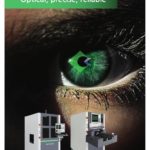 The KY-P3 automated pin inspection solution combined with KSMART software is designed for single press-fit, conventional press-fit, and final optical inspection.
The KY-P3 automated pin inspection solution combined with KSMART software is designed for single press-fit, conventional press-fit, and final optical inspection.Source: Koh Young
Sources
- Joakim Mattsson, Thorsten Callies, Bart Kerckhof ed. Press-Fit Technology. TE Connectivity, July 2014, Publication. Print.
- HOME › Press Releases › Pin Insertion Machine Market worth 276.7 Million USD by 2022. (n.d.). Retrieved.
- Sauveplane, J. B., & Mindreci, G. C. (2016). Connector Press-Fit Technology for space-flight applications. ESA/ESTEC, 1–8. Retrieved July 20, 2018.
Zusammenfassung
Der Einpressvorgang gewinnt immer mehr an Bedeutung, auch dank seiner Vorteile gegenüber herkömmlichen Lötverfahren. Um die Herausforderungen Miniaturisierung sowie Komplexität zu bewältigen, wird eine innovative und exakte 3D-Messlösung mit hoher Wiederholgenauigkeit für den Einpressprozess benötigt.
Résumé
Le processus d‘insertion prend de plus en plus d‘importance, notamment grâce à ses avantages par rapport aux procédés de brasage conventionnels. Pour relever les défis de la miniaturisation et de la complexité, une solution de mesure 3D innovante et précise avec une grande précision de répétition est nécessaire pour l’insertion.
Резюме
Технология соединения методом запрессовки набирает популярность, в том числе благодаря своим преимуществам перед традиционными методами пайки. В целях соответствия требованиям по миниатюризации и облегчению процесса для соединения методом запрессовки требуется инновационное и высокоточное решение в области трехмерных измерений, обеспечивающее высокую точность повторения.






